The Samurai: Legendary Sword-Wielding Fighters of Feudal Japan
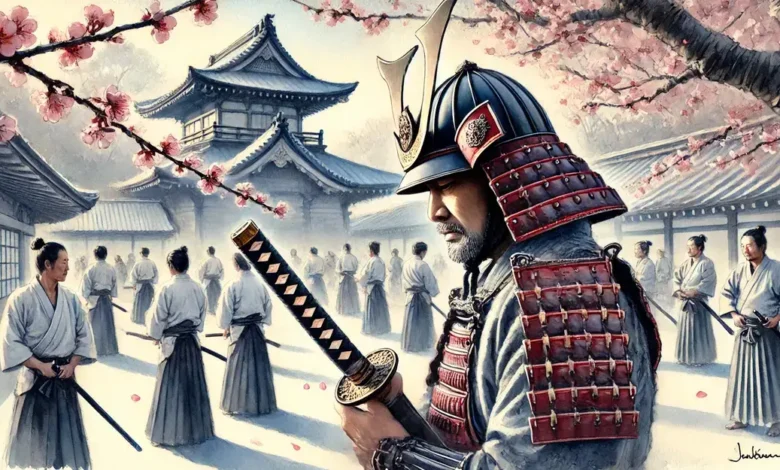
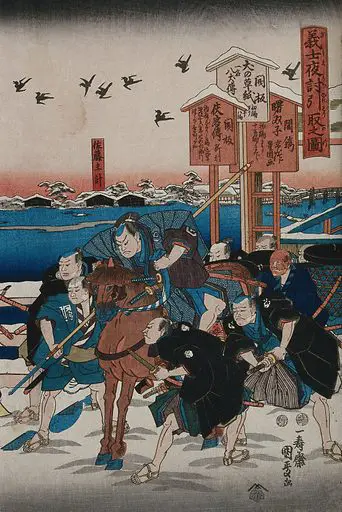
The sword wielding fighter of feudal Japan, also known as the Samurai, have been interesting to people all over the world for hundreds of years. These amazing warriors were famous for their bravery, self-control, and fighting skills, and they still inspire us today.
The Samurai: An Overview
The Samurai were legendary warriors in Japan, who first appeared around the 10th century. They were known for their bravery, skill in battle, and dedication to their lords. The Samurai lived by a strict code of conduct called “Bushido,” which means “the way of the warrior.” This code emphasized loyalty, courage, and honor above all else.
The Samurai trained hard to become skilled fighters. They practiced martial arts, learned strategy, and became experts in using weapons, especially the katana, a type of long sword. The katana was more than just a weapon to the Samurai; it was a symbol of their status and honor.
The life of a Samurai wasn’t all about fighting, though. They also studied arts like calligraphy and tea ceremony, believing that a true warrior must also be cultured and disciplined in mind. Despite their fierce reputation, people also knew the Samurai for their grace, discipline, and dedication to duty. Their legacy continues to influence Japanese culture even today.

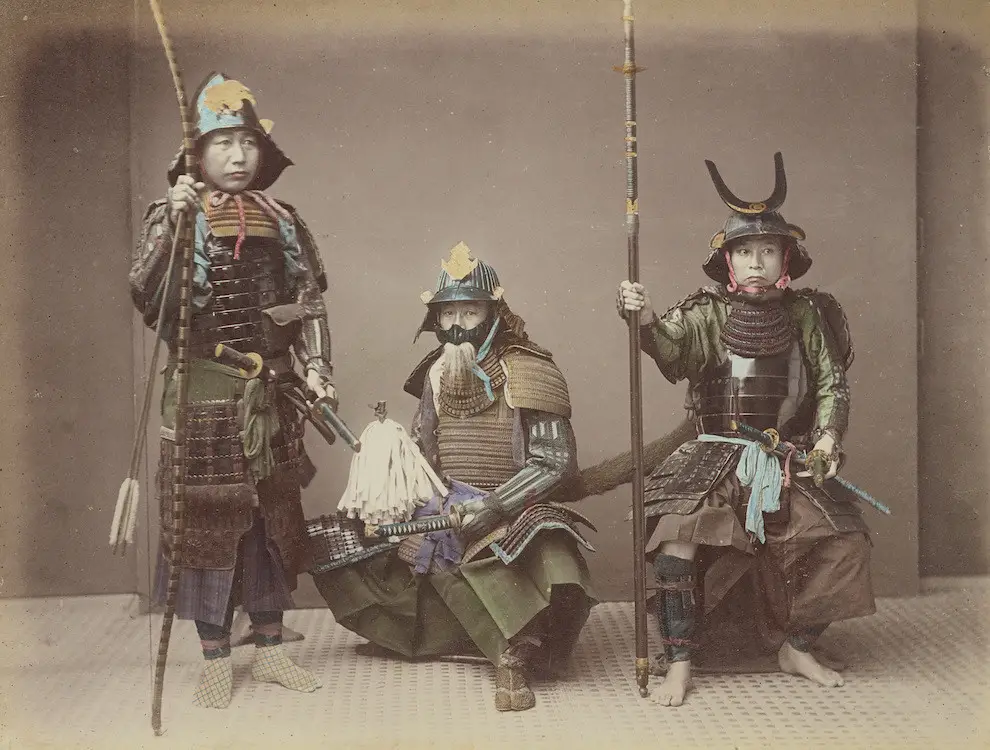
The Sword: A Symbol of Power
The katana is a type of sword that holds a special place in Japanese history. It was the primary weapon of the Samurai, the legendary warriors of feudal Japan. The katana is not just a sword; it’s a symbol of the Samurai’s power and honor.
Making a katana is a work of art. Skilled craftsmen, known as swordsmiths, spend a lot of time and effort to create each sword. They start by heating and folding the steel many times to make it strong. Then, they carefully shape and sharpen the blade. The result is a sword that is both beautiful and deadly.
While the katana is the most famous, the Samurai used other types of swords too. For example, the wakizashi, a shorter sword, was often carried along with the katana. Each sword had its own purpose and use in battle. Today, these swords are a reminder of the Samurai’s skill and bravery. They continue to be admired for their craftsmanship and historical significance.
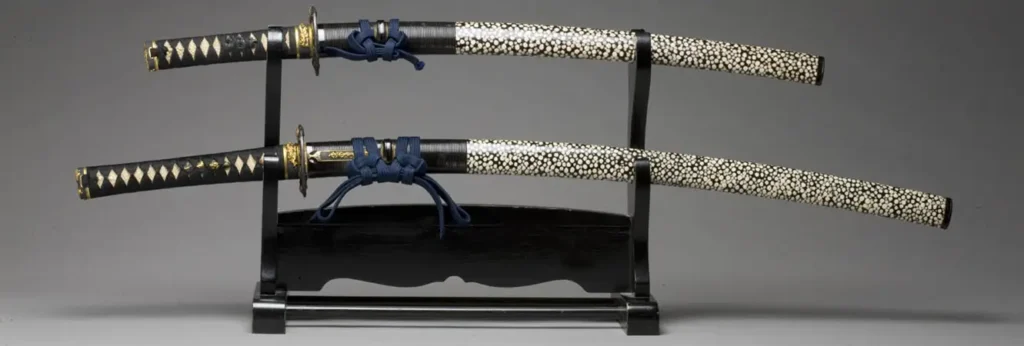
Famous Samurai Warriors
Let’s talk about three famous Samurai warriors from Japan’s history. First, we have Miyamoto Musashi. Born around 1584, he was a skilled swordsman, artist, and writer. People knew him for his unique double-bladed swordsmanship, and he won all of his 62 duels. He even wrote a book about martial arts called “The Book of Five Rings”.
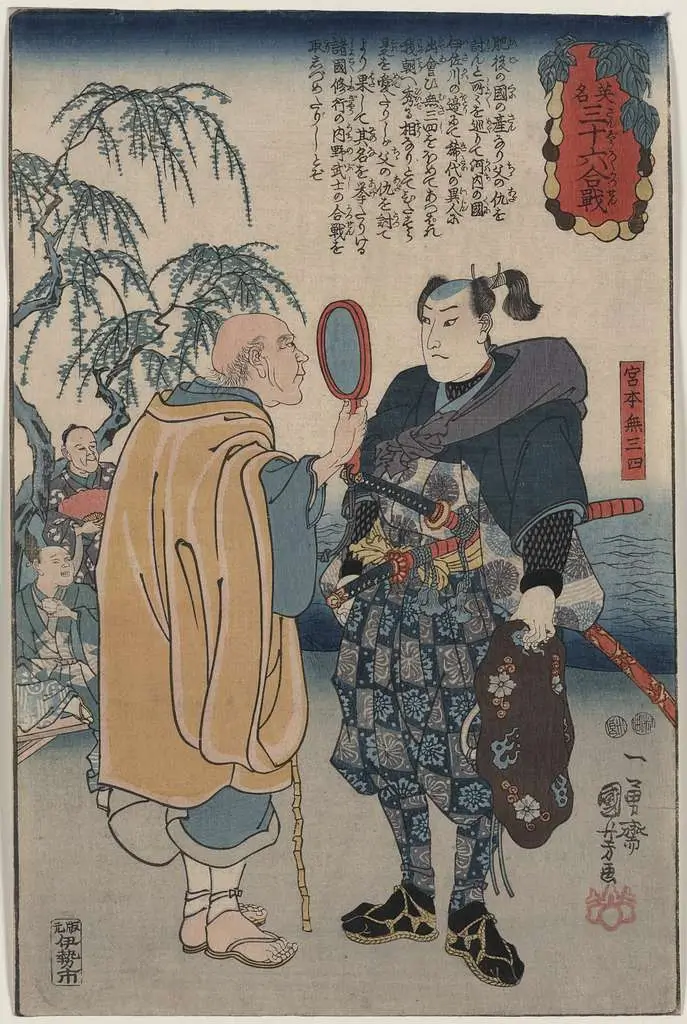
Next is Oda Nobunaga. He was born in 1534 and was a strong leader in the late 16th century. Nobunaga played a big part in bringing Japan together by ruling over half of the provinces. He was known as the first “Great Unifier” of Japan.
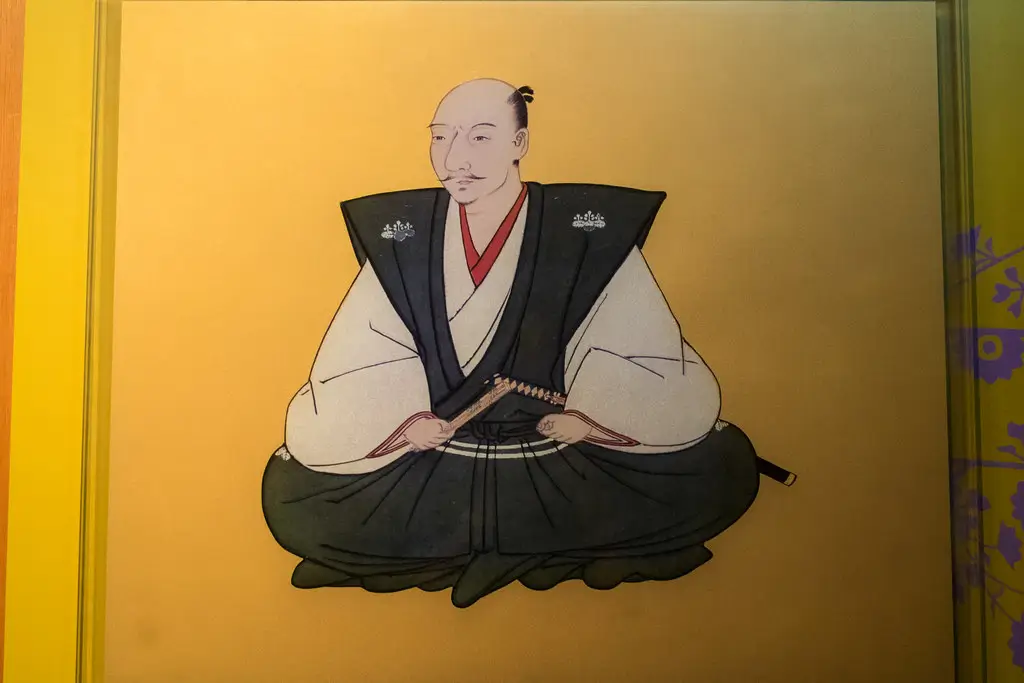
Last but not least, we have Tomoe Gozen, a female Samurai warrior from the late Heian period. She worked under Minamoto no Yoshinaka during the Genpei War. Tomoe was known for being brave and good at fighting. She showed that she was a strong warrior, even though she was a woman in a field mostly made up of men.
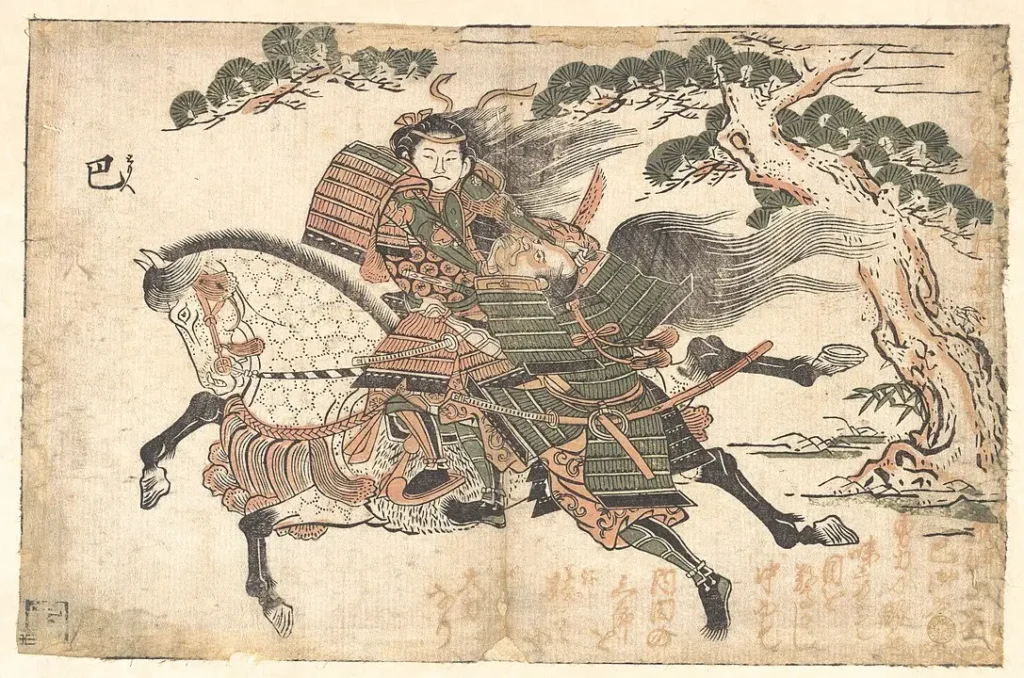
These three warriors, each special in their own way, made a big impact on Japan’s history. Their stories still inspire people today.
Bushido: The Way of the Warrior
During the time of old Japan, samurai warriors followed a special rule called Bushido, which means “the way of the warrior”. This rule was based on seven main ideas: being fair, being brave, being kind, being respectful, being honest, having honor, and being loyal. These ideas helped the samurai decide what to do.
Honor and loyalty were really important in Bushido. A samurai’s honor meant they always tried to do what was right and fair. Loyalty meant they were always true to their lord, even when it was hard.
Bushido had a big effect on how samurai acted and made choices. For example, if a samurai had to choose between doing something easy but wrong, or something hard but right, they would choose the hard right thing because of their honor. And if their lord needed them, they would be there, because of their loyalty. This rule helped the samurai be brave, respectful, and good leaders. Even today, the spirit of Bushido influences Japanese culture.
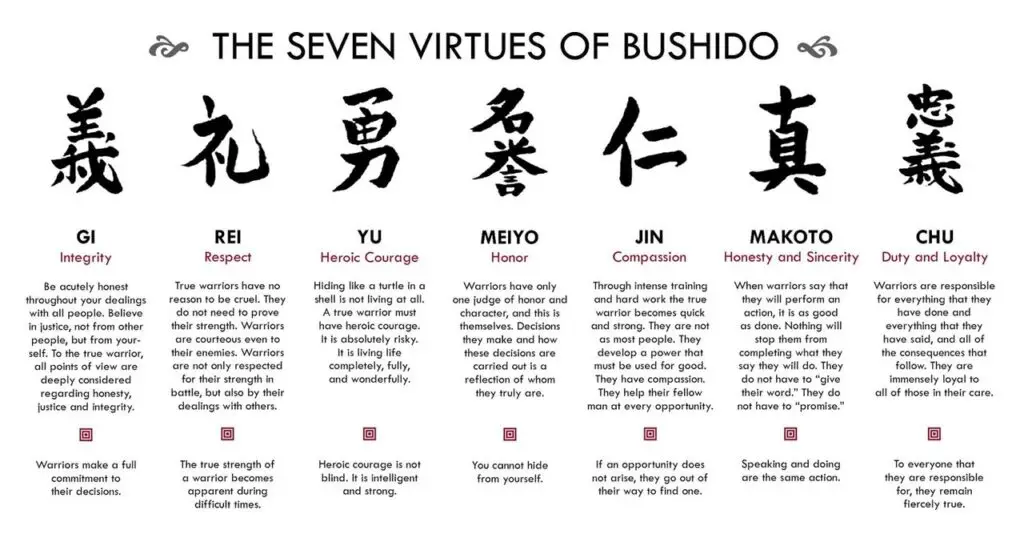
The Role of Samurai in Feudal Society
In Feudal Japan, samurai warriors were really important. They were part of a social ladder, where some people were more important than others. Samurai were high on this ladder because they were good fighters and worked for the rulers.
Samurai had important jobs. They worked for powerful lords called daimyos. Their job was to keep the daimyo’s land safe from enemies and keep things peaceful. They were always ready to fight and sometimes lived in military houses or castles.
The samurai were close to the ruling class, which included the daimyos and the shoguns. Shoguns were military leaders who were very powerful. Samurai worked for the daimyos and shoguns, and being loyal to them was very important. This relationship helped keep things orderly and stable in society. So, the samurai were a big part of old Japan, not just as fighters, but also as important people in society.
The Techniques of the Samurai
In the time of Feudal Japan, samurai warriors were known for their amazing skills in battle. They were experts in swordsmanship and martial arts. They practiced different styles of sword fighting, like kenjutsu and iaijutsu. Some samurai even used two swords at once!
When it came to battle strategies and formations, samurai were very smart. They used different flags to know who was on their side. They also had complex battlefield formations that allowed them to quickly adapt to changing conditions.

Samurai also used armor and other weapons. They wore armor called Yoroi, which was lightweight and flexible. Besides their swords, they used weapons like the naginata (a pole weapon with a curved blade) and the tanto (a short sword or dagger). These tools helped them be effective and versatile in battle.
Women in the Samurai Class
In the time of Feudal Japan, not only male samurai warriors existed, but also female warriors known as Onna-Bugeisha. They trained these brave women in martial arts and strategy, and these women fought alongside the male samurai to defend their homes, families, and honor.
There were many famous Onna-Bugeisha who did important things. For example, Empress Jingū led an attack on Korea around 200 AD. Another famous female warrior was Tomoe Gozen, who was a legendary samurai with great skills in archery, horseback riding, and sword fighting.
These women didn’t just fight. They also had important jobs in their homes and society. They managed the servants, crops, and food supplies, took care of children, and were in charge of getting revenge. These female Samurai were also trained to protect their homes, children, or even whole communities when the men had to go to war.

The Art of Sword Fighting
In the time of Feudal Japan, samurai warriors practiced a special art of sword fighting called Kenjutsu. Kenjutsu, which means “methods, techniques, and the art of the Japanese sword”, was a key part of a samurai’s training.

There were many different schools and styles of Kenjutsu, each one with its own special techniques and plans. Some of the famous schools were Niten Ichi Ryu, which was started by the famous Miyamoto Musashi, and Yagyu Shinkage Ryu, which was taught to Shogun Tokugawa.
Training in Kenjutsu was hard and included learning basic techniques, practicing forms known as kata, and doing drills with a partner. Samurai also did swinging exercises called suburi to get stronger, more agile, and more precise. They trained with different kinds of swords, from wooden swords to bamboo swords covered in leather. This training helped them become skilled and disciplined warriors.
The Decline of the Samurai
In the time of Feudal Japan, the samurai were very important. But things started to change with the rise of the Tokugawa shogunate in 1603. This was a time of peace and prosperity, but it also brought changes in warfare and society.
The samurai’s traditional roles started to fade away. New ideas from the West began to influence Japan, and the samurai’s way of fighting was not as needed anymore. The authorities officially froze the social order and prohibited mobility between the four classes (warriors, farmers, artisans, and merchants).
Then came the Meiji Restoration in 1868. This big change ended the Tokugawa shogunate and restored power to the emperor. It was a time of major political, economic, and social change that brought about the modernization and Westernization of the country. This marked the end of the samurai era.

Samurai in Popular Culture

In movies and books, samurai warriors from old Japan are often shown as brave and honorable fighters. One famous movie is Seven Samurai, which is about seven samurai who protect a village. This movie has inspired many other movies and even video games.
Samurai have also influenced modern martial arts. The way samurai trained and their techniques have influenced many martial arts we see today, like kendo (which is about using swords), kyudo (which is about archery), and judo (which is about fighting without weapons).
Even though the time of the samurai ended a long time ago, they still have a big impact on Japan today. The samurai’s code of honor, discipline, and loyalty, known as Bushido, still influences Japanese culture.
Epilogue
The samurai warriors from old Japan have left a big mark on Japanese history. They weren’t just fighters, but also leaders and protectors of their communities. They followed a special rule called Bushido, which helped them make decisions. This rule was based on things like honor, loyalty, and bravery. Samurai had a big part in shaping Japan’s history, from the time of the strong shoguns to the peaceful time of the Tokugawa shogunate.
Even though the time of the samurai has ended, they still inspire and influence us today. People still respect their values of honor and loyalty. Their martial arts skills have influenced many sports we have now. Their stories are told in books and movies, reminding us of their bravery and hard work. So, the legendary samurai warriors from old Japan continue to live on, not just in history books, but also in our hearts and minds. They remind us that with bravery, honor, and determination, we can overcome any challenge. That’s the lasting legacy of the samurai.




